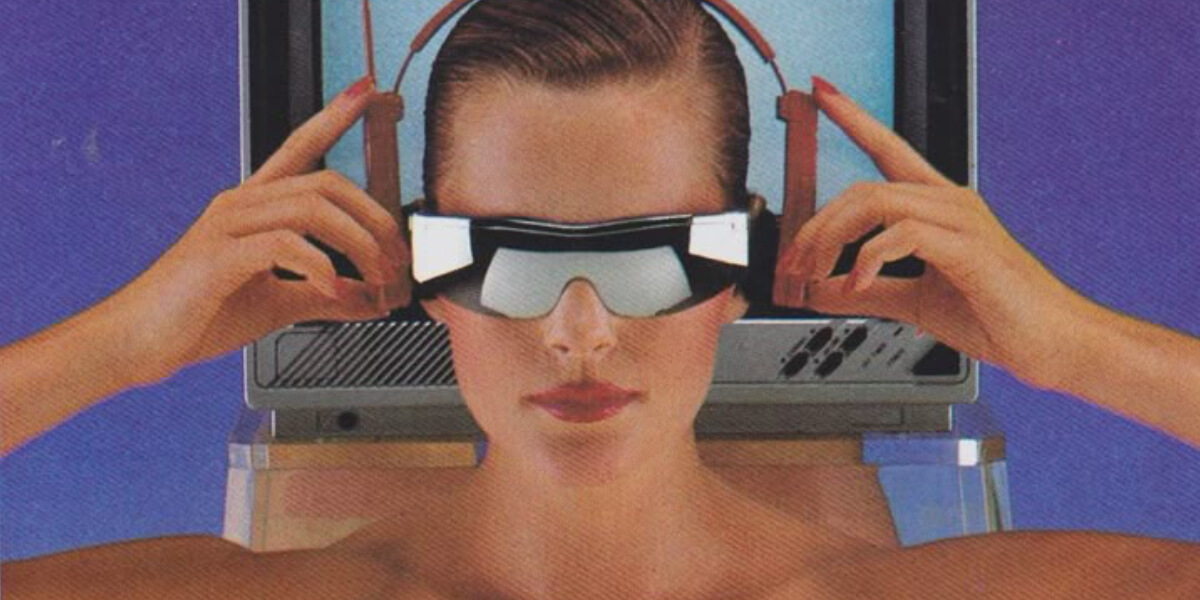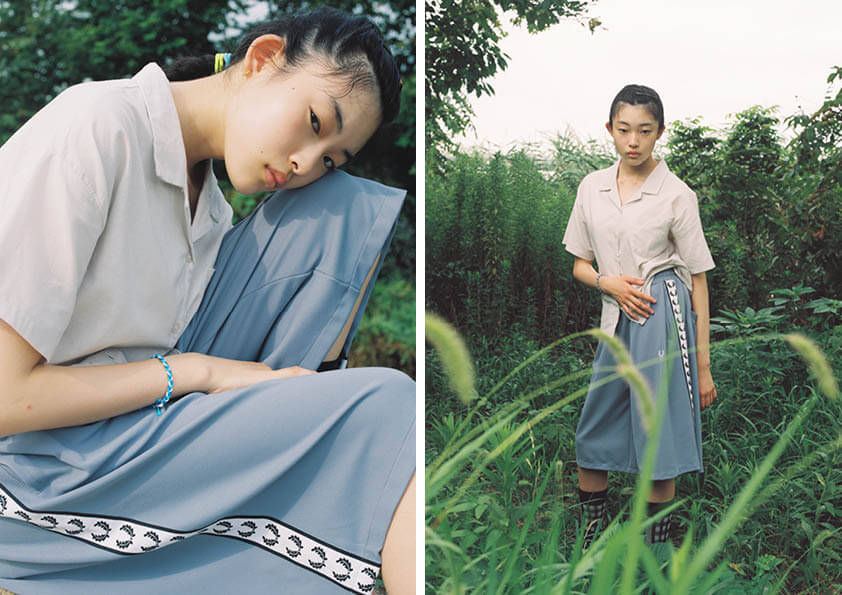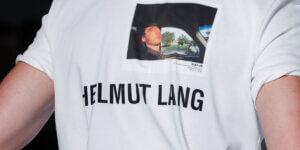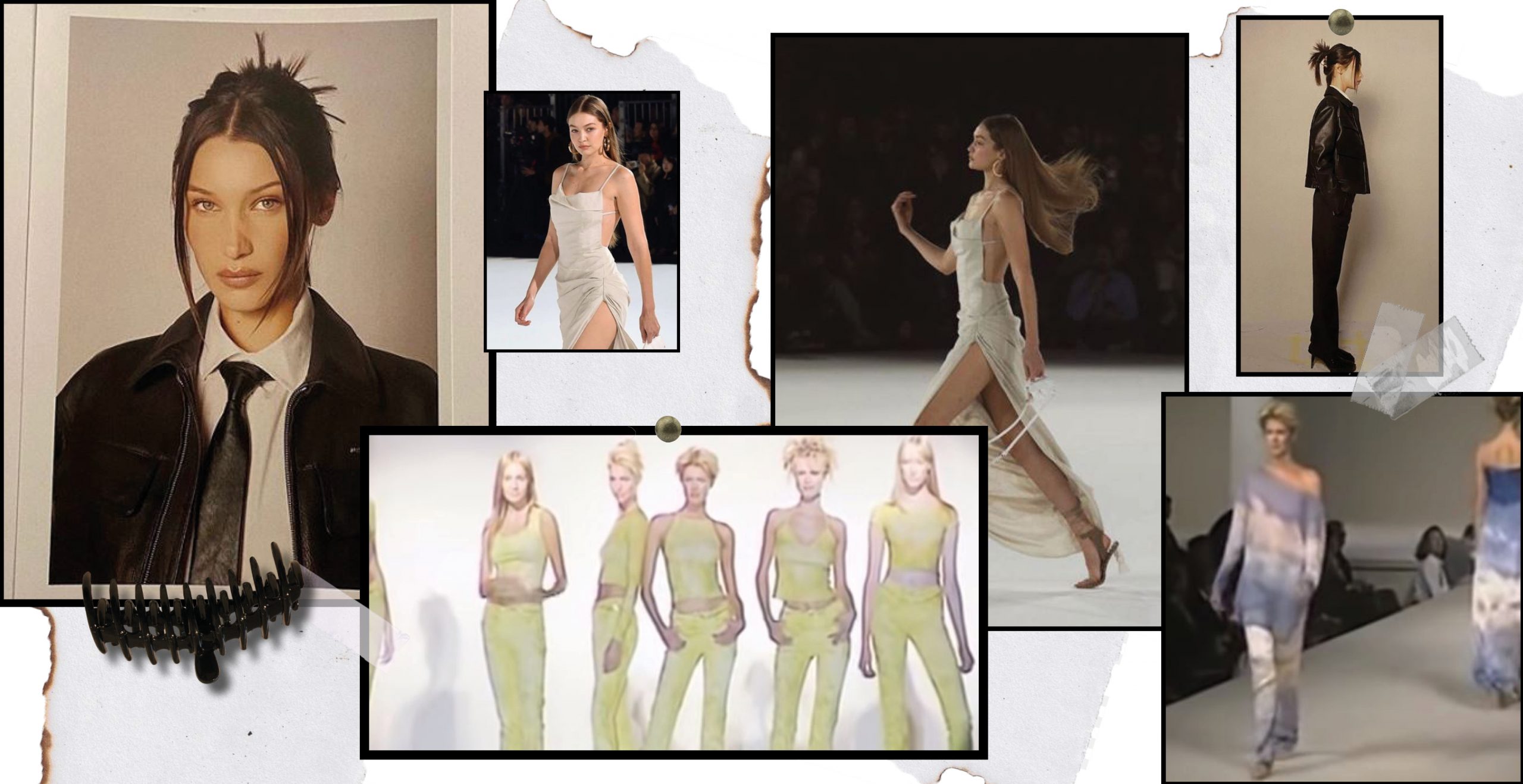Once upon a time, in a New York brownstone apartment overflowing with Manolo Blahniks and designer purses, there was a writer. While sipping cosmopolitans and chain-smoking Marlboro Lights, she wrote a (weekly!) column, somehow affording it all with seeming ease. Yes, I am referring to Carrie Bradshaw – a fictional, on-screen, 90s character working freelance when things were still (more) affordable.
An image that remains firmly embedded in our collective consciousness: the glamorous fashion journalist (or here, sex columnist), lived a whirlwind social life — days spent in cafés, bars, and at gallery openings — did everything but conventional work, and somehow maintained a luxurious lifestyle.
Fast forward to today: in reality, more and more fashion industry freelancers struggle to make ends meet (according to a Vogue Business study), and most serious fashion journalists can’t even afford a single piece from the collections they write about daily. As a recession looms over the creative landscape, casting an increasingly dark shadow on the fashion industry, I couldn’t help but wonder (in typical Carrie fashion): what paths remain for aspiring creatives in fashion?
Industry pioneer and founder of ATFT Magazine, Mary Korlin-Downs, claims that if you want to work in fashion and achieve financial stability, the answer may lie in fashion tech. But what exactly is fashion tech, and is it as promising as it sounds?
What is Fashion Tech, Really?
Needless to say, in times where AI dominates every discourse across all industries, careers in tech are more in demand than ever.
Because of this, many new roles have emerged within the fashion industry in recent years, offering promising solutions at the intersection of sustainability, supply chains, and innovation. All thanks to new technologies. This is what we now call fashion tech.
Korlin-Downs defines fashion tech as “the intersection of fashion and technology, encompassing innovations and advancements that transform how fashion is conceived, produced, consumed, designed, [and] worn.”
So, What Does That Actually Look Like?
In other words, think of the entire fashion system as processes enhanced by technology, from how a piece is imagined to how it lands in your wardrobe. In fact, “fashion tech” isn’t entirely new — it’s more of a freshly coined buzzword for an industry that’s been existing alongside (and within) the fashion industry since the rise of e-commerce platforms like Net-a-Porter in the early 2000s. What’s changing now is the pace and scope of innovation, expanding rapidly with the development of AI, data analytics, and virtual design tools.
This includes everything from online shopping platforms to textile innovation, circular and resale platforms, as well as AR/VR design tools. One rising field is data-driven trend forecasting. Platforms like Tagwalk or @databutmakeitfashion — created by Madé Lapuerta — who analyzes fashion trends using data analytics serving up meme-like, witty insights with sharp aesthetic value.
Beyond trend tracking, fashion tech also has the power to tackle some of the industry’s most pressing crises. While sustainability and ethics aren’t always top priorities in big tech-driven corporations, there’s real potential in leveraging coding, analytics, and machine learning for a more sustainable, transparent future.
The Sustainable Side: Tech for Good
Some tools have already become industry standards. Take 3D modeling software like CLO 3D, for example. Designers can now create hyper-realistic garment prototypes digitally, drastically reducing the need for physical samples and textile waste.
Another branch lies in textile innovation. Major fashion houses now rely on sustainable material tech companies like Aquafil. Their signature fabric, ECONYL® — regenerated nylon made from fishing nets and industrial waste — is used by Prada (in their Re-Nylon line), Gucci, Stella McCartney, Burberry, and many others.
The push for circularity has also led to a boom in rental and resale platforms, upcycling services, and blockchain-based transparency tools. Technology roles that support blockchain innovation are helping to build traceable supply chains, allowing consumers to make more ethical decisions.
And yes, beyond the buzzwords and blockchain, fashion tech can, in many cases, actually pay the bills. Roles like 3D fashion designers, digital merchandisers, and sustainability analysts with coding or data skills are not only in high demand but often offer far more financial stability than traditional creative jobs in fashion media or styling. It’s not quite Carrie’s brownstone on a journalist’s salary, but it’s the closest thing Gen Z might get, just with fewer cosmos and more command lines.
So while some technologies enhance design, production, and (re)distribution processes, others bring their own share of controversy…
When Innovation Becomes a Threat
The fashion industry has never been immune to criticism — and rightly so. It is not without reason that one might wonder whether technological advancements, especially around AI, pose a threat rather than a benefit to those working in the industry.
Take the recent H&M AI model campaign, for example — where the brand used digital clones of real models (with consent, officially). It sparked a storm of debate about authorship, job displacement, and the creative ethics of big companies in the fashion industry.
Many stylists, photographers, hair & makeup artists, models, and directors have voiced concerns about the meaning of “the craft of photography, for employment in an already precarious field, and for the authenticity” of fashion media altogether (1 Granary). Headlines like “When Creativity Becomes Automated, What’s Left of Fashion?” and “Has AI Killed the Fashion Photoshoot?” reflects general concern among industry insiders.
This outrage is only a symptom of a general climate and of a systemic shift that has already begun. AI-enhanced campaigns like these have been around for years. Back in 2021, Balenciaga presented their F/W21 collection as a video game . And this is just the beginning – soon enough more companies will follow the example of H&M and co., using AI instead of real life humans.
This is not only concerning the aspect of job displacement in the creative industry, but can also lead to (even more) overconsumption. The ease of producing AI-campaigns and virtual fashion risks creating a new kind of waste — attention waste — where trends move even faster and encourage overconsumption of both virtual and physical goods.
And while a lot of new technological tools can undoubtedly enhance and extend the possibilities of fashion design, what happens to traditional artisans, tailors, and craftspeople? There’s a real risk many will diminish as big brands prioritize fast, tech-driven mass production methods
Fashion Tech: Beacon of Hope or Dystopian Future?
In truth, fashion technology is neither hero nor villain. It is a powerful industry tool. Its potential to drive sustainability, inclusivity, and innovation is undeniable. But if left unsupervised, it could just as easily accelerate the very systems of exploitation and excess it claims to fix.
We need to keep asking the hard questions: about authenticity, labor rights, environmental impact, and creative responsibility. What seems like a sleek solution on the surface may carry the cost of something much deeper: craft, culture, and the human soul of fashion itself.




























